Home>Interior Design>Can You Paint Grout Lines? Professional Painters Advise
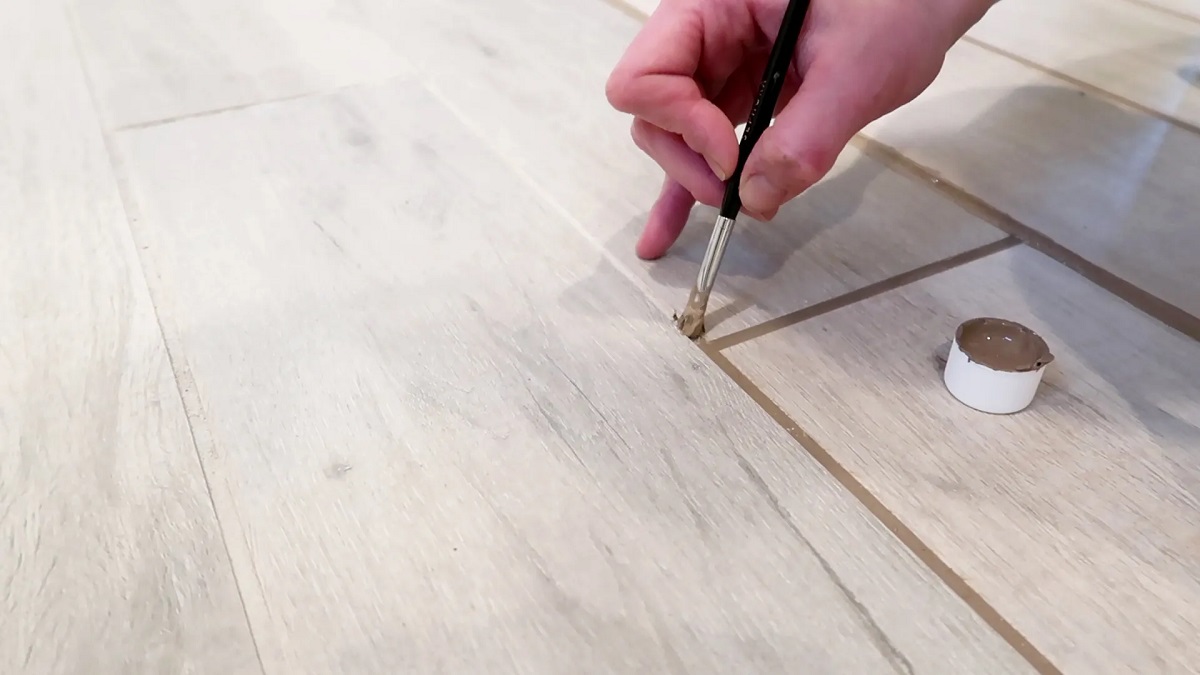

Interior Design
Can You Paint Grout Lines? Professional Painters Advise
Modified: January 19, 2024
Yes, professional painters recommend painting grout lines as part of interior design projects. Enhance the overall look of your space with this simple technique.
(Many of the links in this article redirect to a specific reviewed product. Your purchase of these products through affiliate links helps to generate commission for Storables.com, at no extra cost. Learn more)
Introduction
When it comes to interior design, every small detail matters. Even the grout lines between your tiles can have a significant impact on the overall look of a room. While most people see grout as a necessary functional element, some adventurous homeowners are considering painting their grout lines to achieve a unique and stylish appearance.
In this article, we will explore the trend of painting grout lines and provide professional advice on whether it’s a feasible option for your home. We will discuss the benefits and drawbacks of painting grout lines and provide step-by-step instructions for achieving the best results. So, if you’re curious about this growing interior design trend, keep reading to learn more.
Key Takeaways:
- Transform your tiled surfaces with painted grout lines to achieve a unique, refreshed, and budget-friendly look, adding a personal touch to your space.
- Achieve professional-looking results by following expert tips, using high-quality paint products, and performing regular maintenance for long-lasting painted grout lines.
Why do people want to paint grout lines?
Painting grout lines has gained popularity among homeowners for several reasons. Let’s explore some of the main motivations behind this trend:
- Aesthetics: One of the primary reasons people choose to paint their grout lines is to enhance the overall look of their tiled surfaces. By painting the grout lines, you can create a more seamless and cohesive appearance, making the tiles stand out or blend in with the surrounding decor. It allows for more design options and the opportunity to create a unique focal point in any room.
- Refresh and revive: Over time, grout lines can become dirty, discolored, or stained. Painting them can be an effective solution to refresh and revive the appearance of your tiled surfaces. It can help cover up imperfections, hide years of wear and tear, and give your tiles a fresh and clean look without the need for extensive renovations.
- Customization: Painting grout lines opens up a world of customization possibilities. You can choose from a wide range of colors to match your existing decor or experiment with bold and contrasting hues to make a statement. It allows you to add a personal touch to your space and create a unique and individualized look that reflects your style.
- Budget-friendly: Painting grout lines is a cost-effective alternative to replacing tiles or completely regrouting a surface. It’s a more affordable option that can instantly transform the appearance of your tiles and give your space a whole new look without breaking the bank.
- Temporary change: Another advantage of painting grout lines is that it offers a temporary change. Unlike permanent alterations to your tiles or grout, painting allows you to experiment with different colors and styles. If you decide to go back to the original look or try something different in the future, you can simply remove the paint and start fresh.
These factors contribute to the growing interest in painting grout lines among homeowners who are looking to update and elevate the aesthetics of their spaces without undergoing major renovations. However, before making the decision to paint your grout lines, it’s important to consider the potential drawbacks and consult with professionals to ensure the best results.
Can you paint grout lines?
The short answer is yes, you can paint grout lines. However, it’s crucial to approach this task with careful consideration and proper preparation to ensure successful results. Painting grout lines requires attention to detail and the use of suitable products to achieve a long-lasting and professional finish.
Before painting grout lines, it’s important to assess the condition of your grout and determine if it’s suitable for painting. If the grout is cracked, crumbling, or extensively damaged, it’s recommended to repair or replace it before applying any paint. Additionally, it’s important to thoroughly clean and prepare the grout to ensure proper adhesion of the paint.
Another aspect to consider is the type of tiles you have. Not all materials are suitable for painting, so it’s essential to check the manufacturer’s recommendations before proceeding. Porous tiles, such as natural stone or unglazed ceramic tiles, may require additional steps or specific primers to ensure proper paint adhesion.
To achieve the best results when painting grout lines, it’s advisable to follow these professional tips:
- Clean the grout: Thoroughly clean the grout lines using a suitable grout cleaner and a small brush. Remove any dirt, grime, or stains from the grout before applying any paint.
- Mask off the tiles: Protect the tiles by carefully applying painter’s tape along the edges of the tiles, ensuring that only the grout lines are exposed.
- Choose the right paint: Select a high-quality, water-based epoxy or acrylic grout paint that is specifically formulated for use on grout lines. These paints offer durability, flexibility, and resistance to moisture and staining.
- Apply the paint: Use a small brush or a grout brush to carefully apply the paint to the grout lines. Work in small sections, ensuring full coverage and even application. Allow the first coat to dry completely before applying a second coat if needed.
- Seal the grout: Once the paint has dried, apply a clear grout sealer to protect the painted grout lines from moisture, staining, and daily wear and tear. This will help prolong the life of the paint and maintain its appearance.
It’s worth noting that the durability of painted grout lines may vary depending on factors such as foot traffic, moisture levels, and regular cleaning. Regular maintenance and occasional touch-ups may be required to keep the painted grout lines looking fresh and vibrant.
Before embarking on any grout painting project, it’s always recommended to consult with professionals or experienced painters who can provide guidance specific to your situation and ensure the desired outcome.
Benefits and drawbacks of painting grout lines
Painting grout lines can transform the look of your tiled surfaces and offer several benefits. However, it’s important to weigh these advantages against the potential drawbacks to make an informed decision. Let’s explore the benefits and drawbacks of painting grout lines:
Benefits:
- Enhanced aesthetics: Painting grout lines allows you to achieve a more seamless and cohesive look, enhancing the overall aesthetics of your tiled surfaces. It gives you the freedom to experiment with different colors, creating a unique and personalized design.
- Refreshed appearance: If your grout lines have become discolored or stained over time, painting them can give your tiled surfaces a refreshed and revitalized appearance. It helps cover up imperfections and makes the tiles look cleaner and newer without the need for extensive renovations.
- Budget-friendly: Compared to replacing tiles or regrouting, painting grout lines is a cost-effective option. It allows you to transform the look of your tiled surfaces without breaking the bank.
- Non-permanent: One of the advantages of painted grout lines is that it offers a non-permanent change. If you decide to go back to the original look or try a different style, you can simply remove the paint and start fresh.
Drawbacks:
- Durability concerns: While high-quality grout paint and sealers can provide good durability, painted grout lines may not be as resilient as the original grout. Heavy foot traffic, abrasive cleaning methods, or exposure to moisture can cause the paint to chip or peel over time.
- Maintenance requirements: Painted grout lines may require occasional touch-ups or maintenance to keep them looking their best. Regular cleaning with mild cleaners and avoiding harsh chemicals can help extend the lifespan of the painted grout.
- Preparation and application: Proper preparation and application are crucial for successful results when painting grout lines. This process can be time-consuming, requiring thorough cleaning, masking off the tiles, and applying multiple coats of paint. It’s important to follow the recommended steps carefully to achieve a professional finish.
- Potential for color fading: Over time, painted grout lines may experience slight color fading or discoloration, especially in areas exposed to direct sunlight. Using high-quality, UV-resistant paint and applying a suitable grout sealer can help minimize this issue.
Considering these benefits and drawbacks can help you make an informed decision about whether painting grout lines is the right choice for your specific needs and preferences. It’s always a good idea to consult with professionals or experienced painters to ensure the best possible outcome.
Professional tips for painting grout lines
Painting grout lines requires attention to detail and proper technique to achieve professional-looking results. Whether you’re a seasoned DIY enthusiast or a first-time painter, here are some valuable tips from the professionals to help you achieve the best outcome:
- Clean and prepare the grout: Before painting, ensure that the grout lines are thoroughly cleaned and free from dirt, grease, or grime. Use a grout cleaner and a small brush to scrub the grout, and allow it to dry completely before proceeding.
- Use high-quality grout paint: Invest in a high-quality grout paint specifically formulated for painting grout lines. These paints offer better adhesion, durability, and color retention. Choose a paint color that complements your existing tiles or the overall design scheme of the room.
- Mask off the tiles: Protect the tiles by using painter’s tape to carefully mask off the edges of the tiles. Be precise and ensure that the tape covers only the tile edges, leaving the grout lines exposed for painting.
- Apply the paint with precision: Use a small brush or a grout brush to apply the paint to the grout lines. Work in small sections, taking care to stay within the lines and avoid getting paint on the tiles. Apply thin, even coats of paint to achieve the best coverage.
- Allow sufficient drying time: Follow the instructions provided by the manufacturer to determine the drying time between coats. It’s important to allow each coat to dry completely before applying additional coats. Rushing the process can lead to uneven application and poor results.
- Seal the painted grout: After the paint has dried completely, apply a clear grout sealer to protect the painted grout lines from moisture, stains, and daily wear. The sealer will help prolong the life of the paint and maintain its appearance over time.
- Take preventive measures: To extend the lifespan of painted grout lines, avoid using abrasive cleaners or scrub brushes that can potentially damage the paint. Regularly clean the grout lines with mild, non-abrasive cleaners and a soft brush or sponge.
- Maintain and touch up as needed: Over time, painted grout lines may require touch-ups or maintenance. Inspect the painted grout periodically and address any chipping or fading. Keep a small amount of the paint on hand for touch-ups when necessary.
By following these professional tips and taking the necessary precautions, you can achieve remarkable results when painting grout lines. Remember, patience and attention to detail are key to achieving a beautiful and long-lasting finish.
Step-by-step guide to painting grout lines
If you’ve decided to paint your grout lines, follow this step-by-step guide to ensure a successful and professional-looking result:
- Clean the grout: Start by thoroughly cleaning the grout lines using a grout cleaner and a small brush. Remove any dirt, stains, or grime and allow the grout to dry completely.
- Mask off the tiles: Carefully apply painter’s tape along the edges of the tiles, ensuring that only the grout lines are exposed. This will protect the tiles from accidental paint splatters.
- Choose the right paint: Select a high-quality grout paint that is specifically formulated for painting grout lines. Consider the color of the paint and how it will complement your tiles or the overall design of the room.
- Apply the paint: Using a small brush or a grout brush, begin applying the paint to the grout lines. Work in small sections, applying thin, even coats of paint. Take your time and be precise to avoid getting paint on the tiles.
- Allow drying time: Follow the manufacturer’s instructions regarding the drying time between coats. It’s important to allow each coat to dry completely before applying additional coats. This will ensure a smooth and even finish.
- Apply additional coats if needed: Depending on the color and coverage you desire, you may need to apply multiple coats of paint. Allow each coat to dry before applying the next one. Evaluate the results after each coat to determine if additional coats are necessary.
- Seal the painted grout: Once the final coat of paint has dried completely, apply a clear grout sealer to protect the painted grout lines. Follow the manufacturer’s instructions for proper application and allow the sealer to dry before exposing the painted grout to water or cleaning products.
- Remove the painter’s tape: Once the sealer has dried, carefully remove the painter’s tape from the edges of the tiles. Take your time and peel the tape slowly to avoid any accidental damage to the painted grout lines.
- Maintain and touch up as needed: Regularly clean the painted grout lines with mild, non-abrasive cleaners and a soft brush or sponge. Keep an eye out for any chipping or fading and perform touch-ups as necessary using the same paint color.
By following these step-by-step instructions and paying attention to detail, you can achieve professional-looking results when painting your grout lines. Remember, proper preparation, using the right products, and allowing sufficient drying time are essential for a successful outcome.
Recommended paint products for grout lines
Choosing the right paint products is crucial for achieving a long-lasting and professional finish when painting grout lines. Here are some recommended paint products that are specifically formulated for painting grout lines:
- Epoxy grout paint: Epoxy grout paint is a popular choice for painting grout lines due to its durability, resistance to moisture, and excellent adhesion. It provides a strong bond to the grout surface and offers a long-lasting finish. Look for epoxy grout paint that is water-based for easier application and cleanup.
- Acrylic grout paint: Acrylic grout paint is another good option for painting grout lines. It offers good adhesion and flexibility, allowing the paint to expand and contract with the grout without cracking. Look for acrylic grout paint that is specifically labeled for use on grout lines.
- Penetrating grout stain: If you prefer a more subtle change in the appearance of your grout lines, a penetrating grout stain may be a suitable option. These stains work by penetrating the porous grout and changing its color without forming a surface layer. Choose a penetrating grout stain that is water-based and compatible with the type of grout you have.
- Grout sealer: While not a paint product, a grout sealer is an essential companion to protect and maintain painted grout lines. Look for a clear grout sealer that is specifically formulated for use on painted grout. This will help protect the paint from moisture, staining, and daily wear, extending its lifespan.
When selecting paint products for grout lines, it’s important to choose ones that are compatible with the type of grout and tiles you have. Some grout types, such as epoxy or urethane grout, may require specific paint products or preparation methods. Read the product labels carefully and consult with professionals if you have any doubts or questions.
Additionally, remember to choose paint colors that complement your existing tiles or the desired design aesthetic. Consider factors like the overall color scheme of the room and the style you want to achieve. It’s always recommended to test the paint on a small, inconspicuous area of grout before applying it to the entire surface.
By using high-quality paint products that are specifically formulated for grout lines and following the manufacturer’s instructions, you can achieve beautiful and long-lasting results when painting your grout lines.
Frequently asked questions about painting grout lines
Here are some common questions that homeowners often have about painting grout lines:
1. Can any type of grout be painted?
Grout lines that are in good condition and free from extensive damage can generally be painted. However, it’s important to check with the manufacturer’s recommendations for your specific type of grout, as some may require additional preparation or specific paint products.
2. Do I need to clean the grout before painting?
Yes, cleaning the grout is an essential step before painting. Make sure to thoroughly clean the grout lines using a grout cleaner and a small brush to remove any dirt, grime, or stains. Allow the grout to dry completely before applying paint.
3. Can I paint over discolored or stained grout?
Painting over discolored or stained grout can help refresh its appearance. However, it’s important to note that the paint may not completely conceal very dark or stubborn stains. In such cases, it’s advisable to consider regrouting or using a grout stain instead.
4. How do I avoid getting paint on the tiles?
To protect the tiles from paint, apply painter’s tape along the edges of the tiles, covering them carefully. Be sure to apply the tape precisely, leaving the grout lines exposed for painting. Take your time and be cautious when applying the paint to avoid any accidental spills or splatters on the tiles.
5. How long does it take for painted grout to dry?
The drying time of painted grout can vary depending on factors such as humidity, temperature, and the type of paint used. It’s essential to follow the manufacturer’s instructions regarding drying times between coats. Generally, it can take anywhere from a few hours to a day for the paint to dry completely.
6. How long will painted grout last?
The durability of painted grout lines depends on several factors, including the quality of the paint, the amount of foot traffic, and the regular maintenance. With proper application and regular cleaning, painted grout lines can last for several years. However, it’s important to perform occasional touch-ups as needed.
7. Can I apply a clear coat over painted grout?
Yes, applying a clear grout sealer over painted grout can help protect the paint from moisture, staining, and daily wear. It’s recommended to follow the manufacturer’s instructions for proper application and allow the paint to dry completely before applying the sealer.
If you have any other questions or concerns about painting your grout lines, it’s always a good idea to consult with professionals or experienced painters who can provide guidance tailored to your specific situation.
Conclusion
Painting grout lines can be a creative and cost-effective way to enhance the look of your tiled surfaces. By carefully considering the benefits and drawbacks, following professional tips, and using recommended paint products, you can achieve beautiful and long-lasting results.
When deciding to paint grout lines, it’s important to assess the condition of your grout and determine if it’s suitable for painting. Proper cleaning and preparation are crucial for achieving a smooth and professional finish. Choosing high-quality paint products specifically formulated for grout lines and following manufacturer’s instructions will ensure optimal results.
While there are benefits to painting grout lines, such as enhanced aesthetics and a refreshed appearance, it’s essential to be aware of some potential drawbacks. Regular maintenance and occasional touch-ups may be required to keep the painted grout lines looking their best.
By carefully following a step-by-step guide, including cleaning the grout, applying paint with precision, and sealing the painted grout lines, you can achieve exceptional results. Additionally, consulting with professionals or experienced painters can provide valuable insights specific to your project.
Painting grout lines opens up a world of possibilities for customization, allowing you to create a unique and personalized look in your home. Whether you’re looking to make a statement with bold colors or achieve a more seamless and cohesive appearance, painting grout lines can be a transformative and rewarding project.
Remember, successful outcomes require patience, attention to detail, and proper maintenance. Regularly clean the painted grout lines with mild cleaners, avoid using abrasive cleaning methods, and be prepared to perform occasional touch-ups as needed.
In conclusion, painting grout lines can be a great way to refresh and revitalize the look of your tiled surfaces. With the right approach, proper preparation, and careful execution, you can achieve stunning results that elevate the aesthetics of your home.
Frequently Asked Questions about Can You Paint Grout Lines? Professional Painters Advise
Was this page helpful?
At Storables.com, we guarantee accurate and reliable information. Our content, validated by Expert Board Contributors, is crafted following stringent Editorial Policies. We're committed to providing you with well-researched, expert-backed insights for all your informational needs.
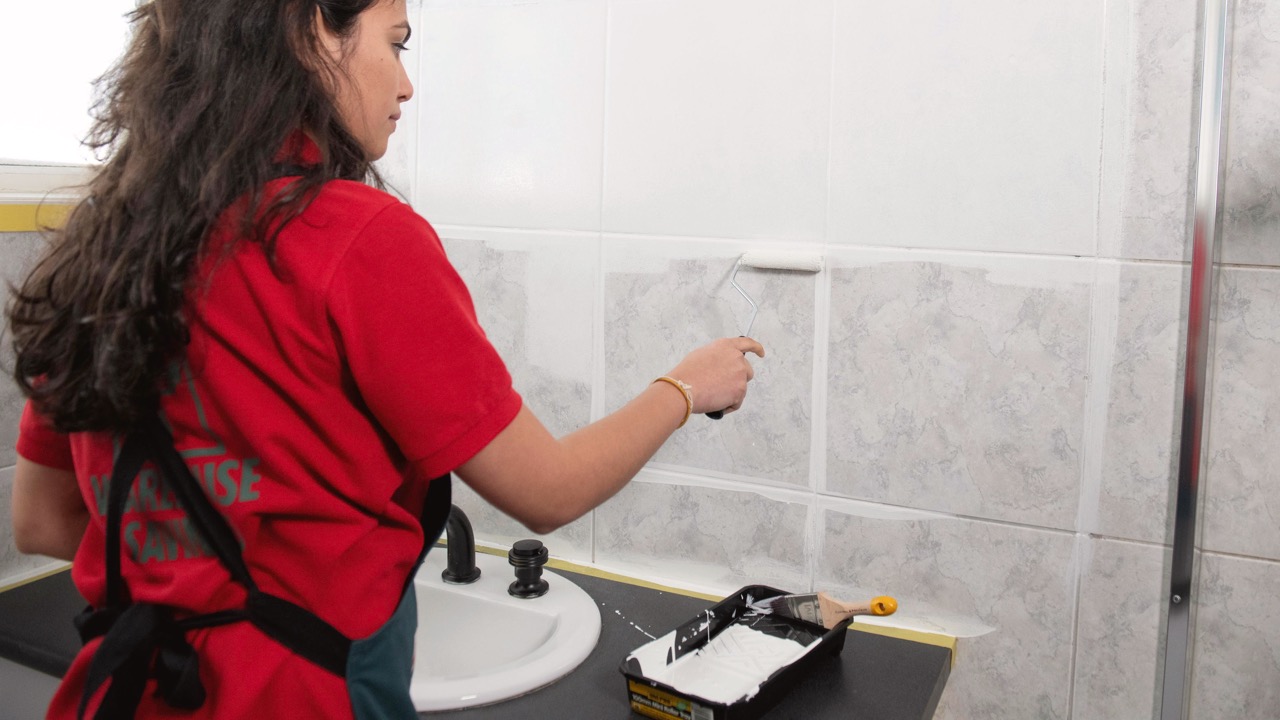
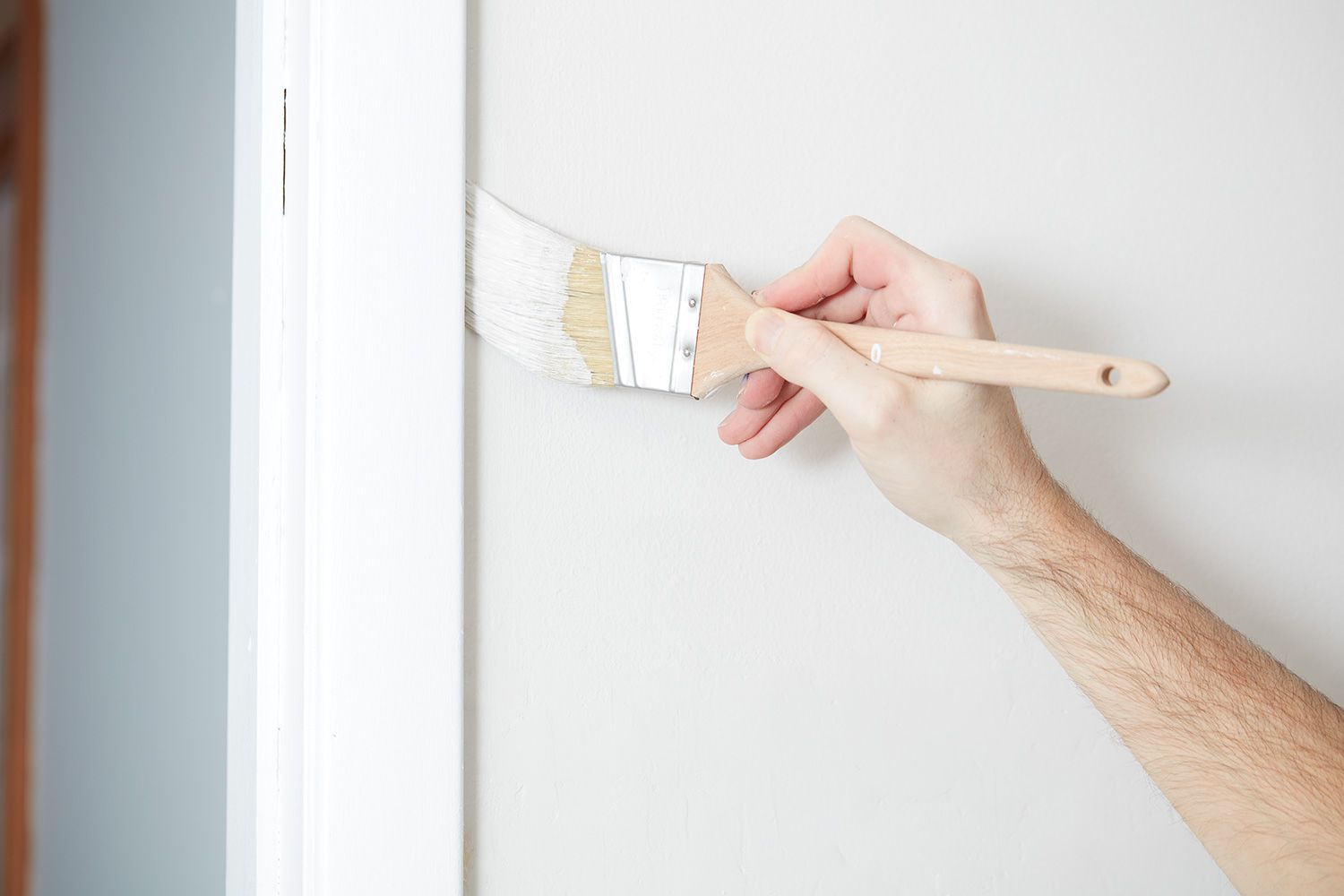
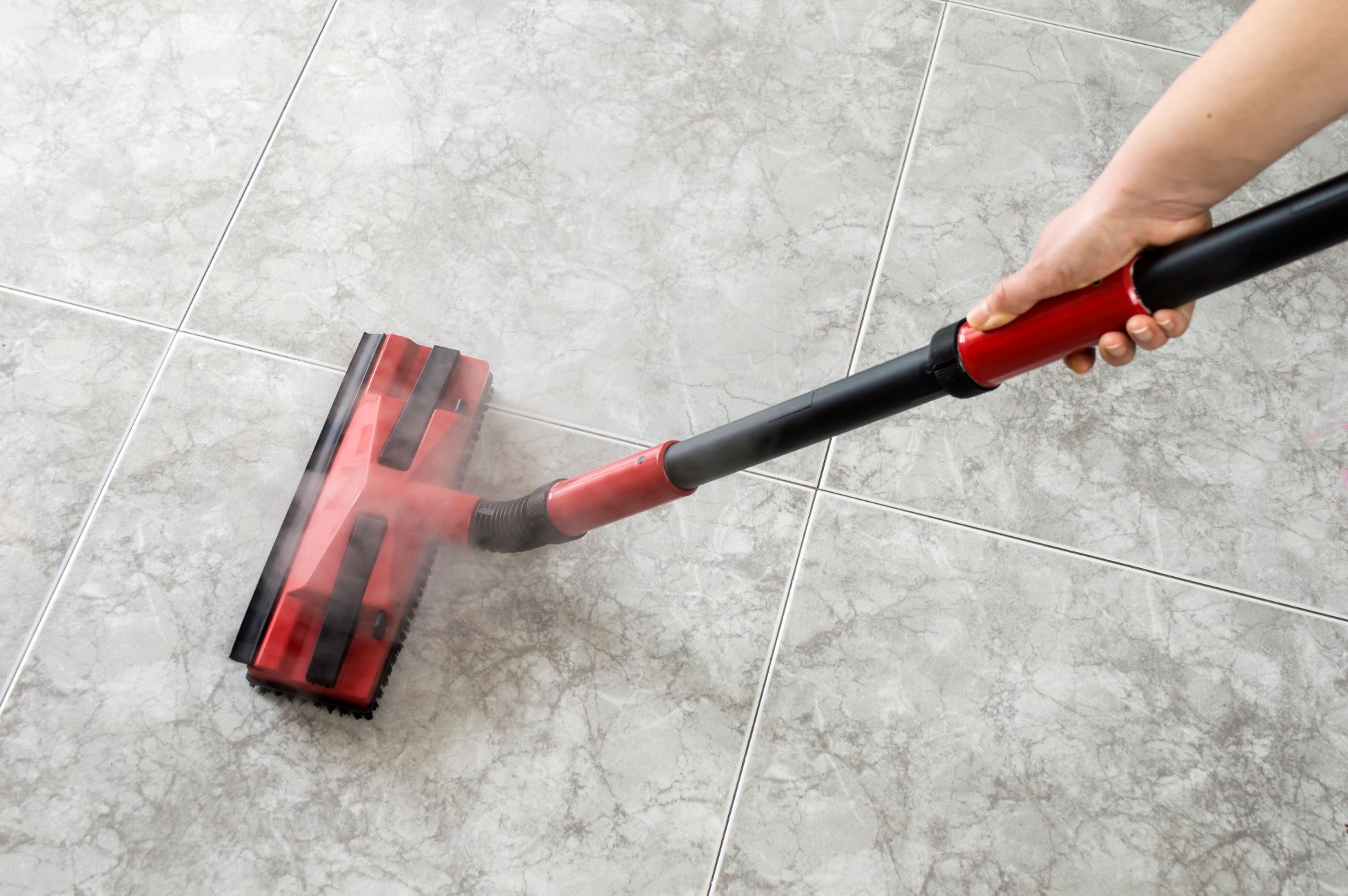
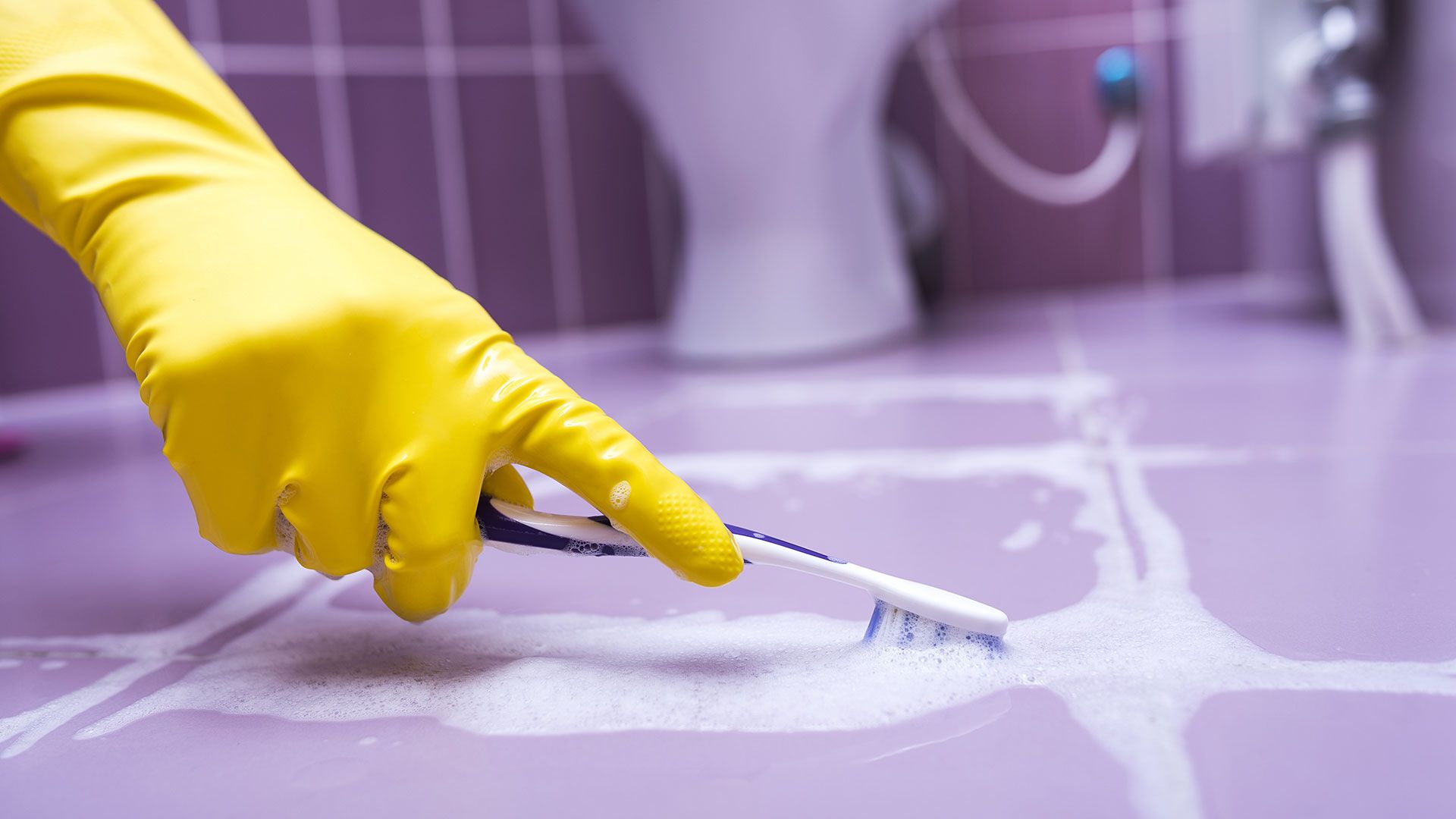
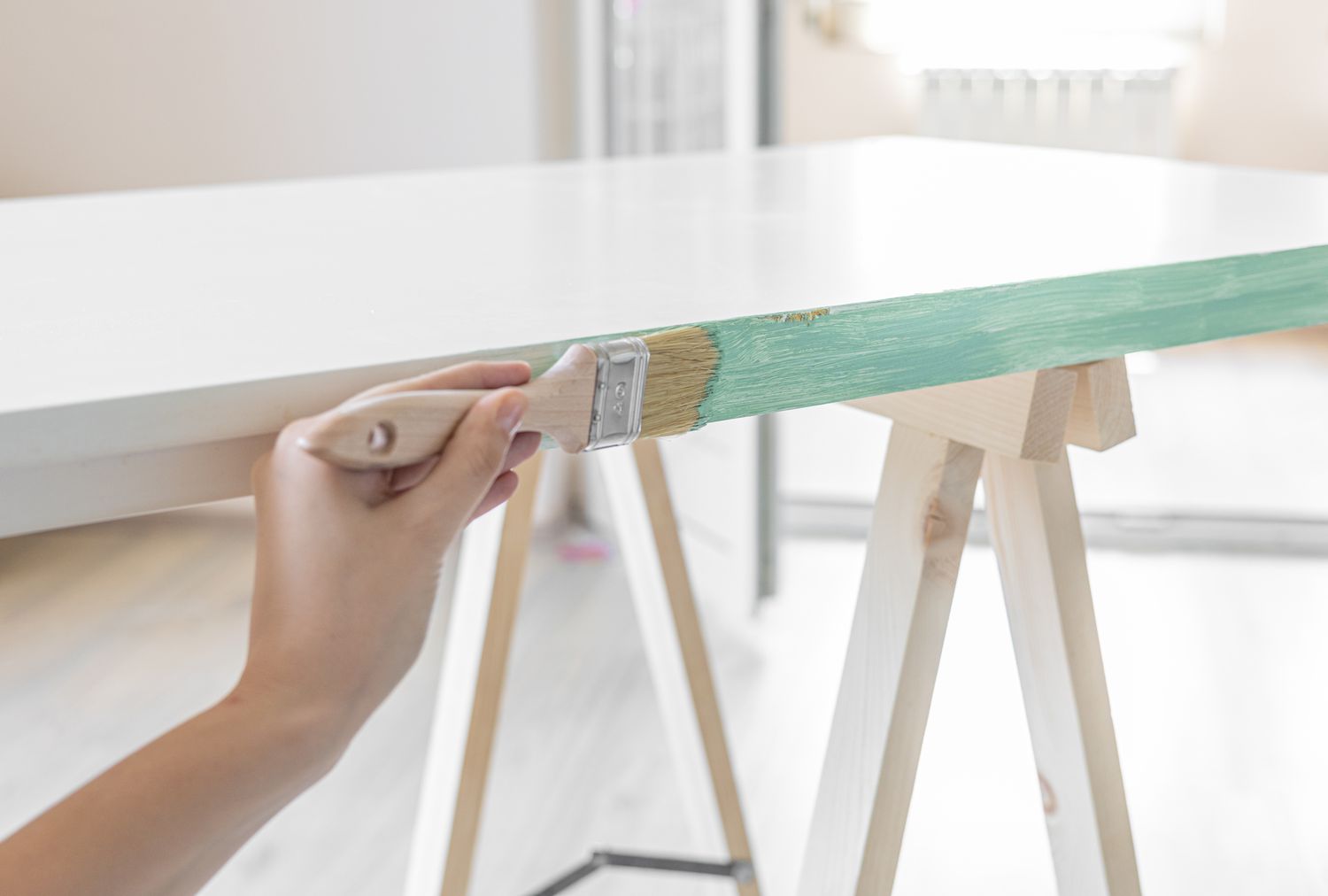

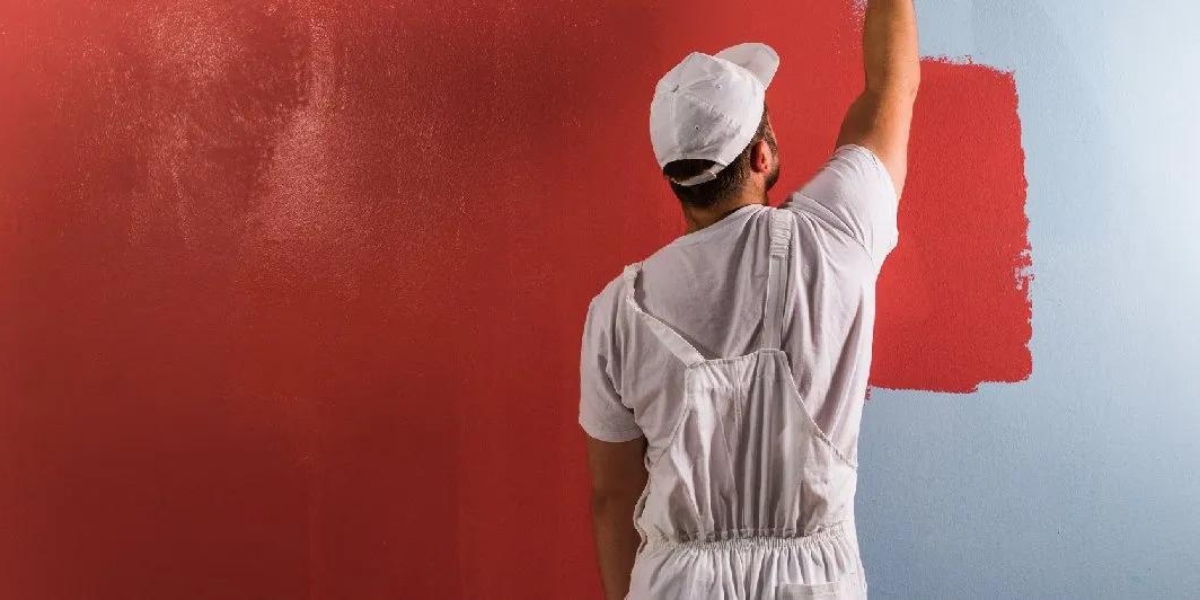
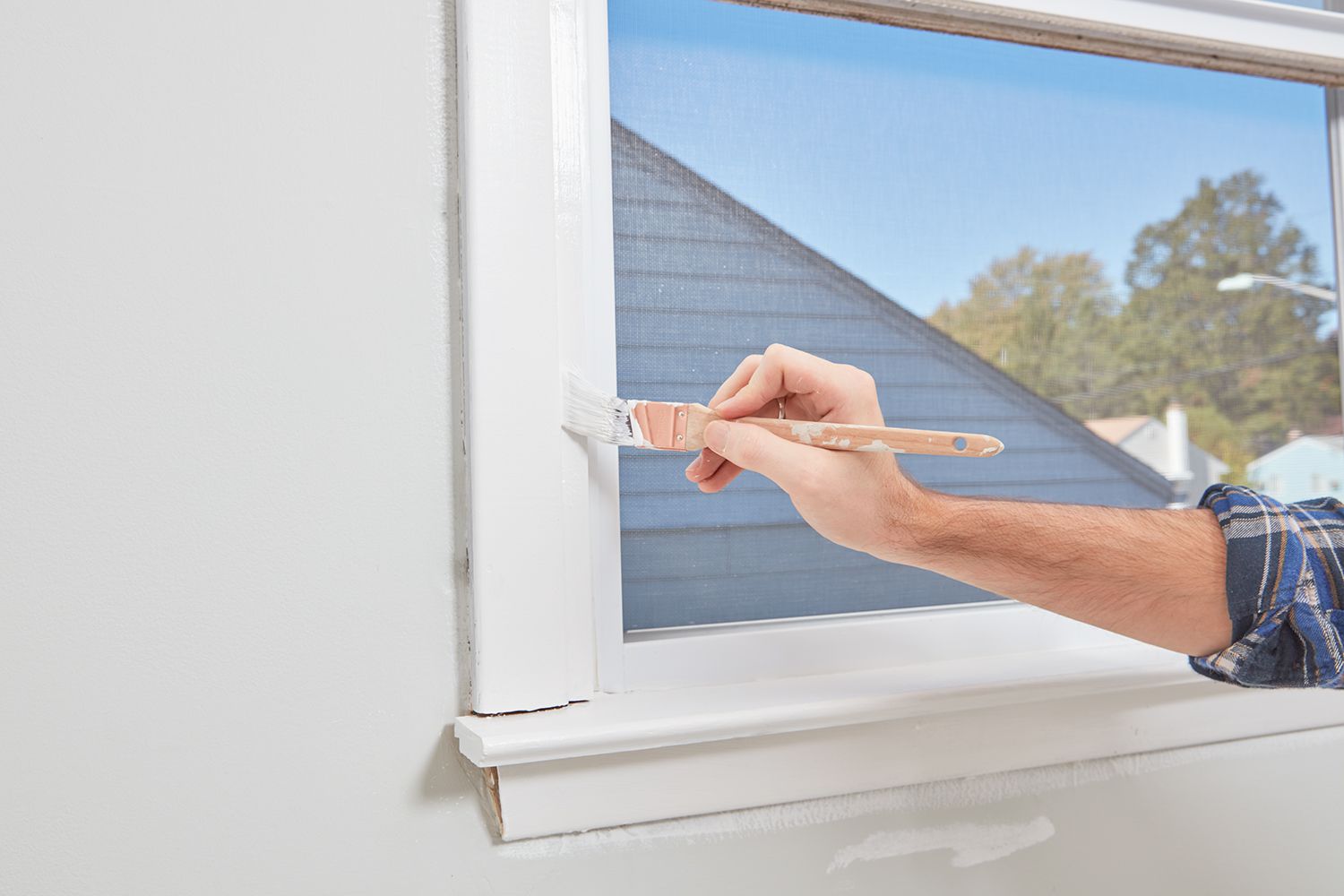




0 thoughts on “Can You Paint Grout Lines? Professional Painters Advise”